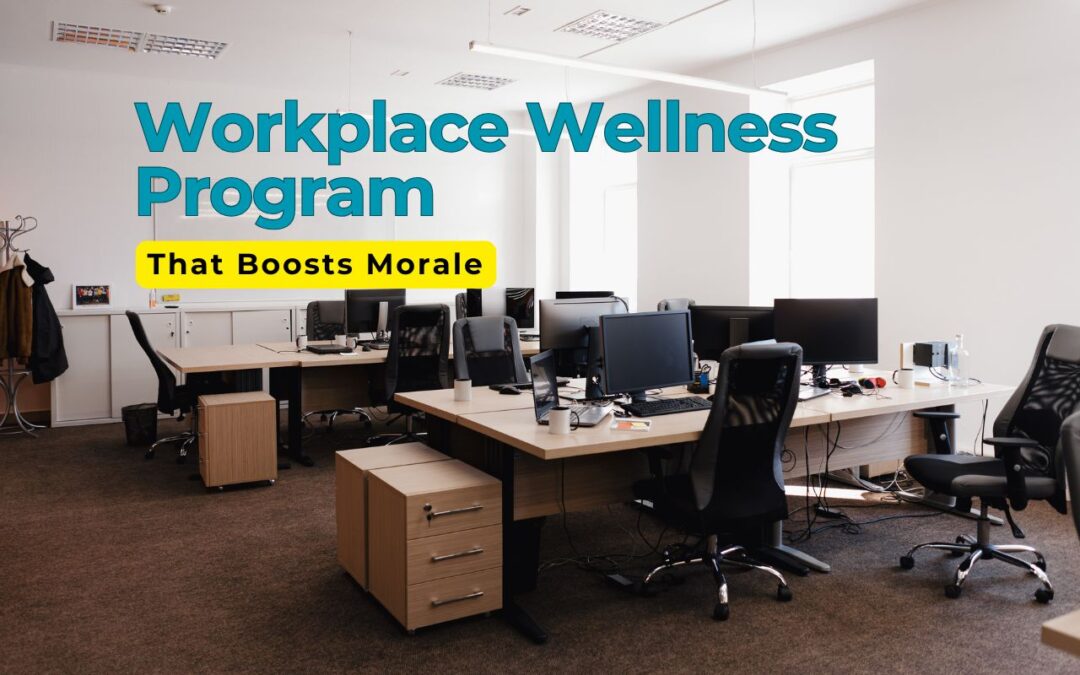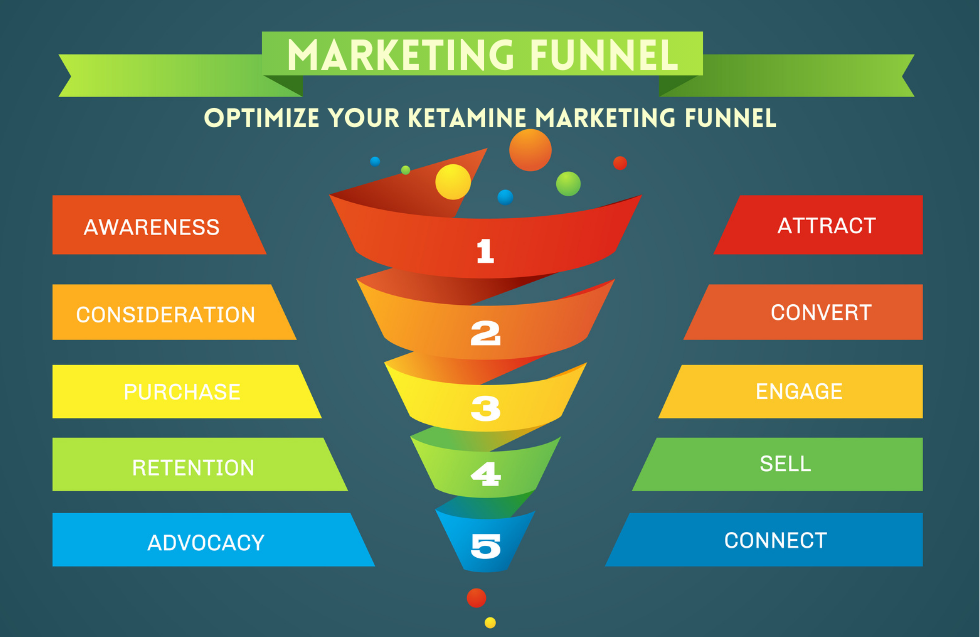In today’s fast-paced and competitive work environment, employee morale is a crucial factor that can significantly affect productivity, retention, and overall workplace satisfaction. A well-structured workplace wellness program not only addresses physical health but also supports mental, emotional, and social well-being. This holistic approach leads to more engaged, motivated, and productive employees.
This comprehensive guide outlines how to build an effective workplace wellness program that genuinely boosts morale and enhances the overall organizational culture.
1. Understanding the Importance of Workplace Wellness
A wellness program goes beyond offering gym memberships or fruit baskets in the breakroom. It reflects a company’s commitment to supporting its employees’ overall well-being. When employees feel cared for, their job satisfaction and morale naturally improve.
Key Benefits of Workplace Wellness Programs:
- Reduced absenteeism
- Lower healthcare costs
- Increased productivity
- Improved employee retention
- Enhanced company culture
- Boosted team morale
According to the American Psychological Association, organizations with strong wellness programs report higher levels of employee engagement and job satisfaction.
2. Assessing the Needs of Your Workforce
Before designing a wellness program, it’s crucial to understand the specific needs and preferences of your employees. This step ensures that your initiatives are relevant and well-received.
How to Assess Employee Needs:
- Surveys and Questionnaires: Ask about stress levels, preferred wellness activities, and suggestions.
- Focus Groups: Engage small groups in discussions to gain deeper insights.
- Health Risk Assessments (HRAs): Optional and confidential tools to gather health-related data.
- One-on-One Check-ins: Especially effective in smaller organizations.
Data gathered will help identify trends such as high stress levels, sedentary habits, or interest in mental health support.
3. Setting Clear Objectives and Goals
Having clear, measurable objectives helps guide the program’s development and provides a benchmark for evaluating success.
Examples of Wellness Program Goals:
- Reduce employee stress by 20% within 6 months
- Increase participation in wellness activities by 40%
- Improve job satisfaction scores on annual surveys
Align these goals with your overall business objectives to ensure support from top leadership.
4. Gaining Leadership Support and Building a Wellness Team
Leadership buy-in is critical. When management actively supports and participates in the program, it sets a positive tone and encourages employee engagement.
Steps to Secure Leadership Support:
- Present data on potential ROI and benefits
- Share success stories from other companies
- Involve leaders in planning and events
Create a wellness committee comprised of employees from various departments. This team can coordinate events, communicate initiatives, and gather feedback.
5. Designing a Comprehensive Wellness Program
A successful wellness program addresses multiple aspects of well-being: physical, mental, emotional, and even financial.
Components to Consider:
- Physical Wellness: On-site fitness classes, step challenges, healthy snacks, and standing desks
- Mental Health Support: Counseling services, mindfulness workshops, mental health days
- Work-Life Balance: Flexible schedules, remote work options, parental support programs
- Financial Wellness: Budgeting workshops, retirement planning, student loan assistance
- Social Well-being: Team-building activities, volunteer days, hobby clubs
Remember, inclusivity is key. Offer options that cater to different interests, abilities, and backgrounds.
6. Incorporating Mental Health Initiatives
Mental well-being is a vital aspect often overlooked in traditional wellness programs. Addressing it directly can significantly boost morale.
Effective Mental Health Strategies:
- Normalize conversations around mental health
- Provide access to Employee Assistance Programs (EAPs)
- Host webinars with mental health professionals
- Train managers to recognize signs of burnout and stress
Promoting psychological safety encourages openness and trust within teams.
7. Promoting Engagement and Participation
Even the best-designed program won’t be effective if employees don’t participate.
Ways to Boost Engagement:
- Make activities fun and rewarding
- Offer incentives (gift cards, extra vacation days)
- Encourage peer nominations and recognition
- Use gamification (leaderboards, badges)
- Communicate regularly via email, intranet, and posters
Keep messaging positive and inclusive to foster excitement.
8. Leveraging Technology for Wellness
Tech tools can help streamline and enhance your wellness efforts.
Useful Tools Include:
- Wellness platforms with activity tracking
- Mental health apps (Headspace, Calm)
- Virtual fitness classes
- Online wellness challenges
- Internal chat groups for support and motivation
Technology also enables remote and hybrid teams to stay connected.
9. Measuring and Evaluating Success
Regularly evaluate the effectiveness of your wellness program to ensure it continues to meet employee needs and organizational goals.
Metrics to Monitor:
- Participation rates
- Employee feedback and satisfaction surveys
- Changes in absenteeism or healthcare claims
- ROI and productivity metrics
Use the findings to adjust and improve the program over time.
10. Fostering a Culture of Wellness
Wellness shouldn’t be a one-time initiative but a continuous part of your organizational culture.
Tips for Sustaining a Wellness Culture:
- Lead by example: managers should actively participate
- Recognize and celebrate wellness champions
- Incorporate wellness in onboarding and training
- Maintain ongoing communication and education
- Stay updated on industry trends and best practices
A healthy, happy workforce leads to a thriving business.
Conclusion
Building a workplace wellness program that boosts morale isn’t just about offering perks—it’s about creating a supportive environment where employees feel valued, healthy, and engaged. By carefully assessing needs, setting clear goals, gaining leadership support, and continuously evolving your program, you can cultivate a workplace that prioritizes well-being and inspires excellence.
Remember, the most successful wellness programs are those that are inclusive, comprehensive, and adaptable to the ever-changing needs of the workforce. Start small, stay consistent, and celebrate every step towards a healthier and happier workplace.













